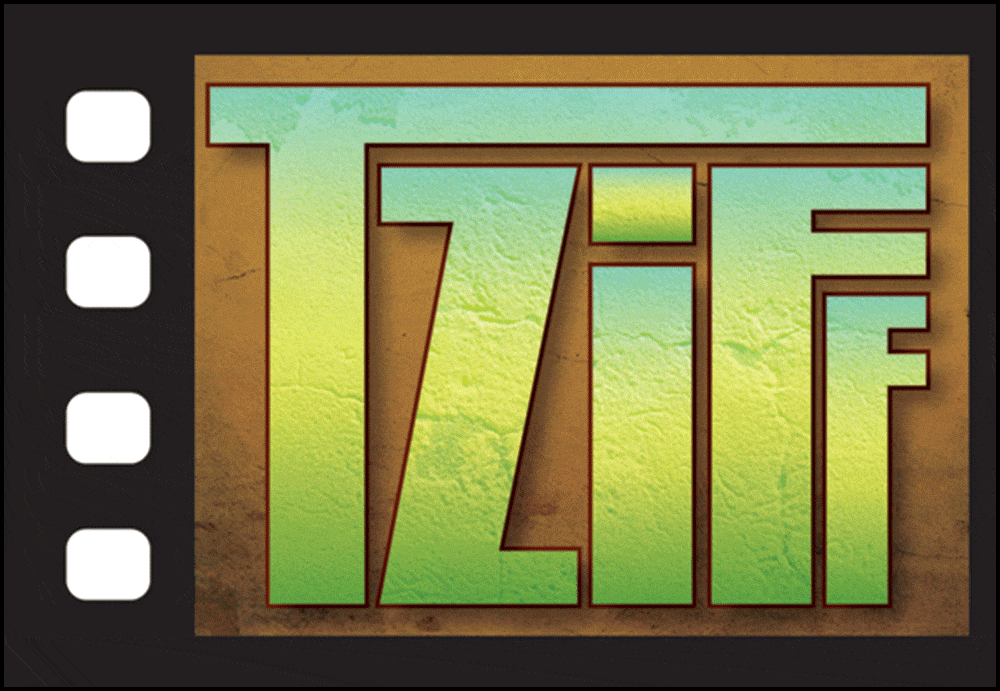A cinematographer, also known as a director of photography (DP or DoP), plays a crucial role in the filmmaking process. Their main responsibilities include:
- Visual Storytelling: They help in telling the story visually by deciding on the look, color, lighting, and composition of each shot. This involves choosing the right lens, filter, and other equipment to create the desired visual effects.
- Lighting: This is one of the most important responsibilities of a cinematographer. They decide on the lighting setup for each scene to create the desired mood and atmosphere. This involves choosing the right type and amount of lights, as well as their placement and angle.
- Camera Operation: Even though there might be camera operators on set, the cinematographer is usually the one who decides on the camera movements and angles. They work closely with the director to decide on the best way to shoot each scene.
- Selection of Film Stock or Digital Sensors: Depending on the project, the cinematographer might have to choose between film or digital. Each has its own characteristics, and the choice can have a significant impact on the final look of the movie.
- Collaboration: The cinematographer collaborates with various other departments such as the art department, costume, makeup, and post-production to ensure that the visual aspects of the film are cohesive and in line with the director's vision.
- Post-Production: In post-production, the cinematographer may be involved in the color grading process to ensure that the final look of the film matches the intended visual style.
Live Webinar Schedule, Live Filmmaking Webinars
Live Webinar Schedule, Live Filmmaking Webinars: Directing, Cinematography, Lighting, Camerawork, Post-Production, Editing, VFX...
www.studentfilmmakers.com








